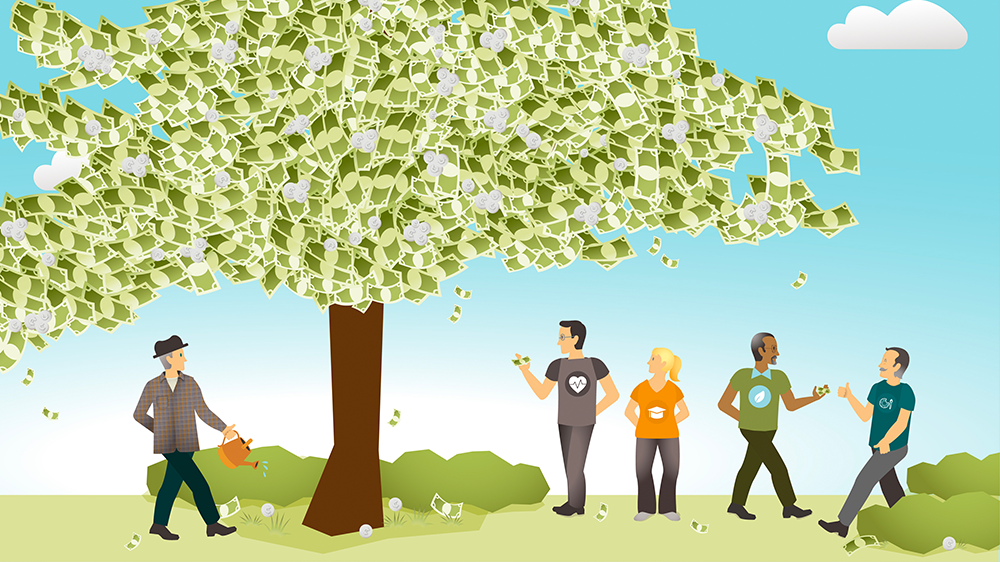
It seems like everyone these days has started a foundation. There’s a reason for that. It’s easier than ever to create one and there are many incentives to go down that path, even with smaller amounts of money.
The reason such “foundations” are so prevalent now is because most of them are, in fact, the rise of other simpler ways to structure your giving like donor-advised funds (DAFs), and not the full-blown foundations of old.
Donors with more wealth and an established plan to give in perpetuity can certainly benefit from opening a traditional foundation. However, if you have assets valued in the thousands, a DAF can achieve many of the same goals of a private foundation, but without some of the complexities and costs that come with it.
When DAFs first came out, they were thought of as private foundations “for the rest of us.” They require less money to start, even zero in certain cases, and cost much less to operate and maintain. As a result, we’ve seen a boom in DAFs and they have become a common recommendation from financial advisors when planning gifting with their clients.
Beyond Cash Donations
Another important reason you would want to create a DAF is to lower your taxes today without having to decide on the charity receiving the donation. If you donate cash, for instance, you can reduce your income taxes in that year by up to 60% of your adjusted gross income, but you might incur capital gains taxes from selling assets to obtain the cash.
If you have long-term appreciated assets or non-financial assets, those can be worth a deduction up to 30% of your income. Most importantly, you can donate the assets in kind and avoid long-term capital gains obligations. All kinds of assets can find a home in a DAF, even interests in a business, private investments such as hedge funds, and cryptocurrency. Additionally, the assets can continue to grow within the DAF without any tax consequence to the charity ultimately receiving the donation.
An important distinction in DAFs, is that the money in your newly created giving fund is no longer yours to use, but it is yours to give. You are free to name the fund “The Jane and Robert Smith Foundation” if you like. Any public charity can receive gifts from your fund at any time, this year or next or down the line.
In fact, you might prefer to let your gift assets grow in order to give more later, and that’s what a DAF can do: It buys time to plan giving while giving you a tax break today.
A private foundation must give away 5% of its corpus annually and pay excise taxes. A DAF has no such requirements. You could choose to make several gifts a year, no gifts, or one big gift later on.
Legacy building
Importantly, the assets in the fund compound tax-free. Your giving thus can be extended over many years and even increase in size, and it’s possible that your children can continue to give away money after your passing.
You can leave money to a DAF in your will, too, which could lower your estate tax burden. Ultimately, these funds are a tax-planning tool for today and a legacy-planning tool for tomorrow, wrapped up in one package.
Having a charitable impulse is a natural reaction to coming into money, say from the sale of a business or other windfall. It’s likely, too, that a financial advisor will bring up giving as a way to minimize taxes while maximizing your ability to do your preferred charity work.
A donor advised fund is thus a powerful way to manage taxes while creating long-term support for charities you care about accessible to most.





